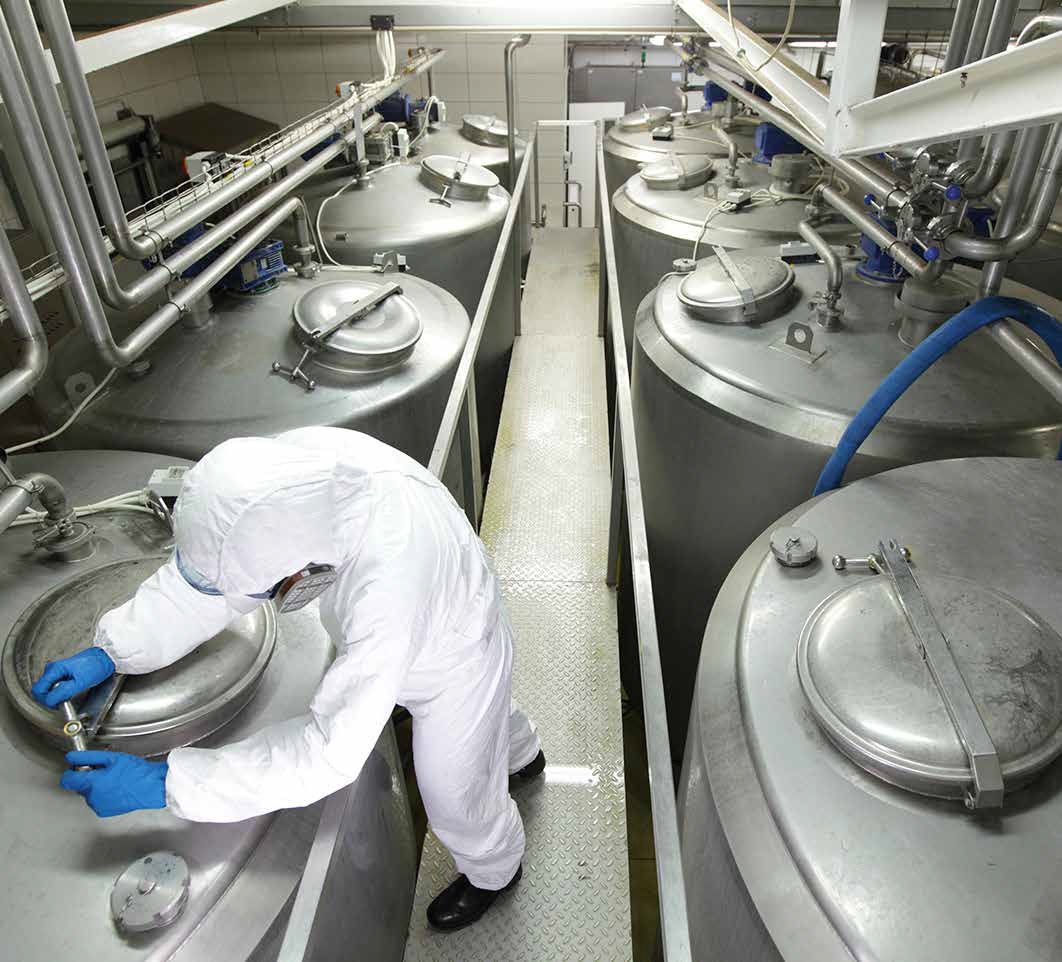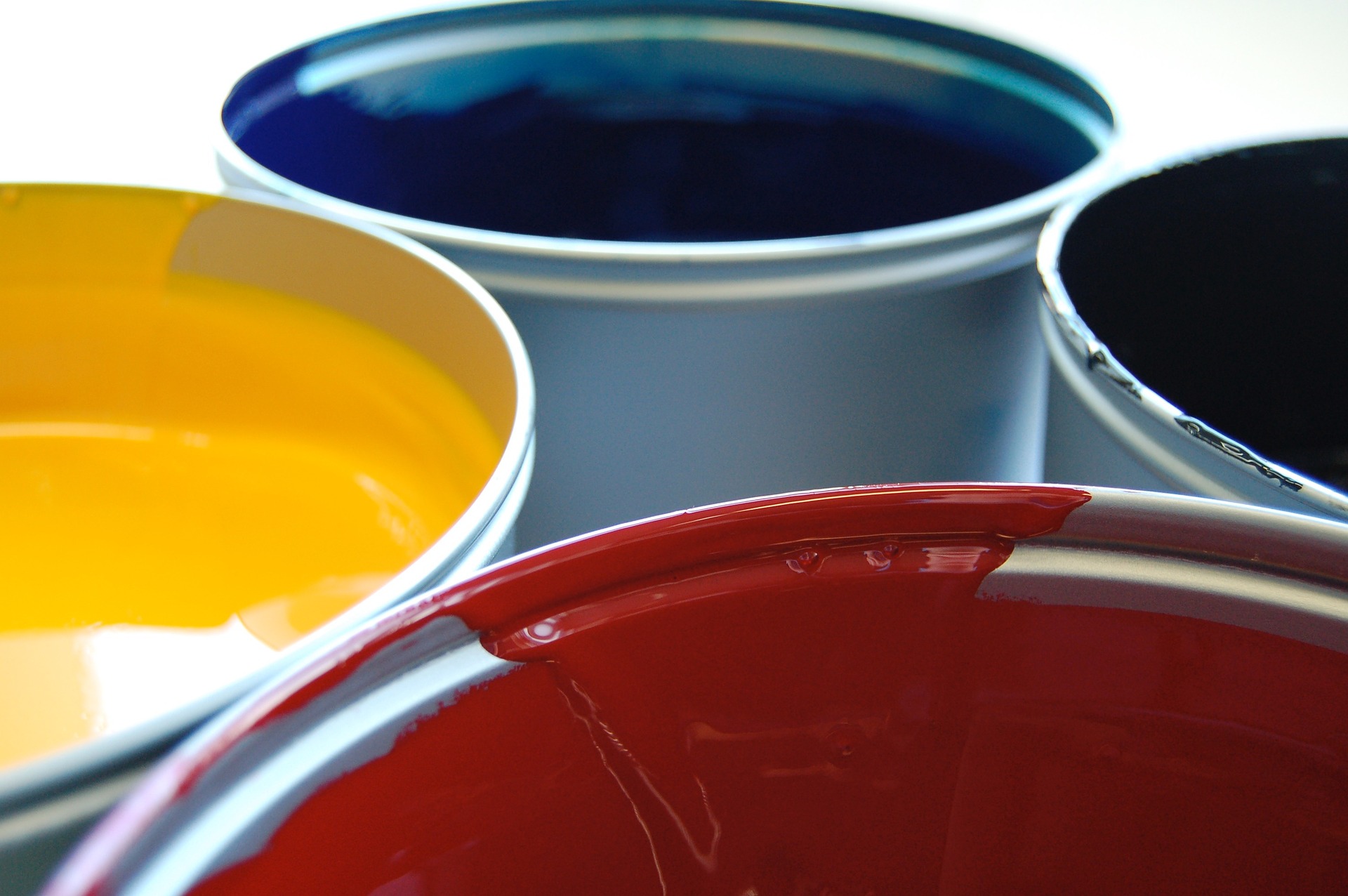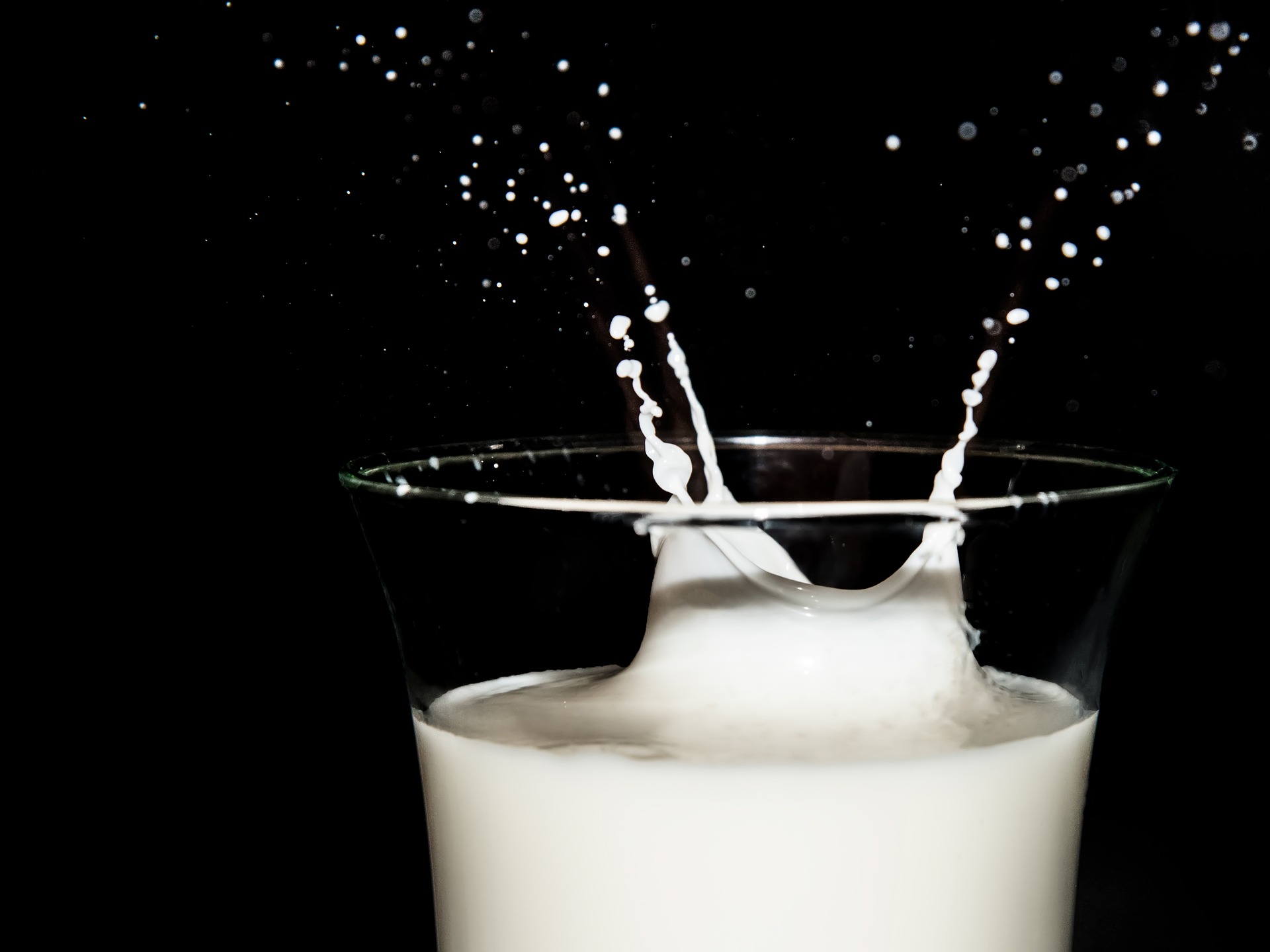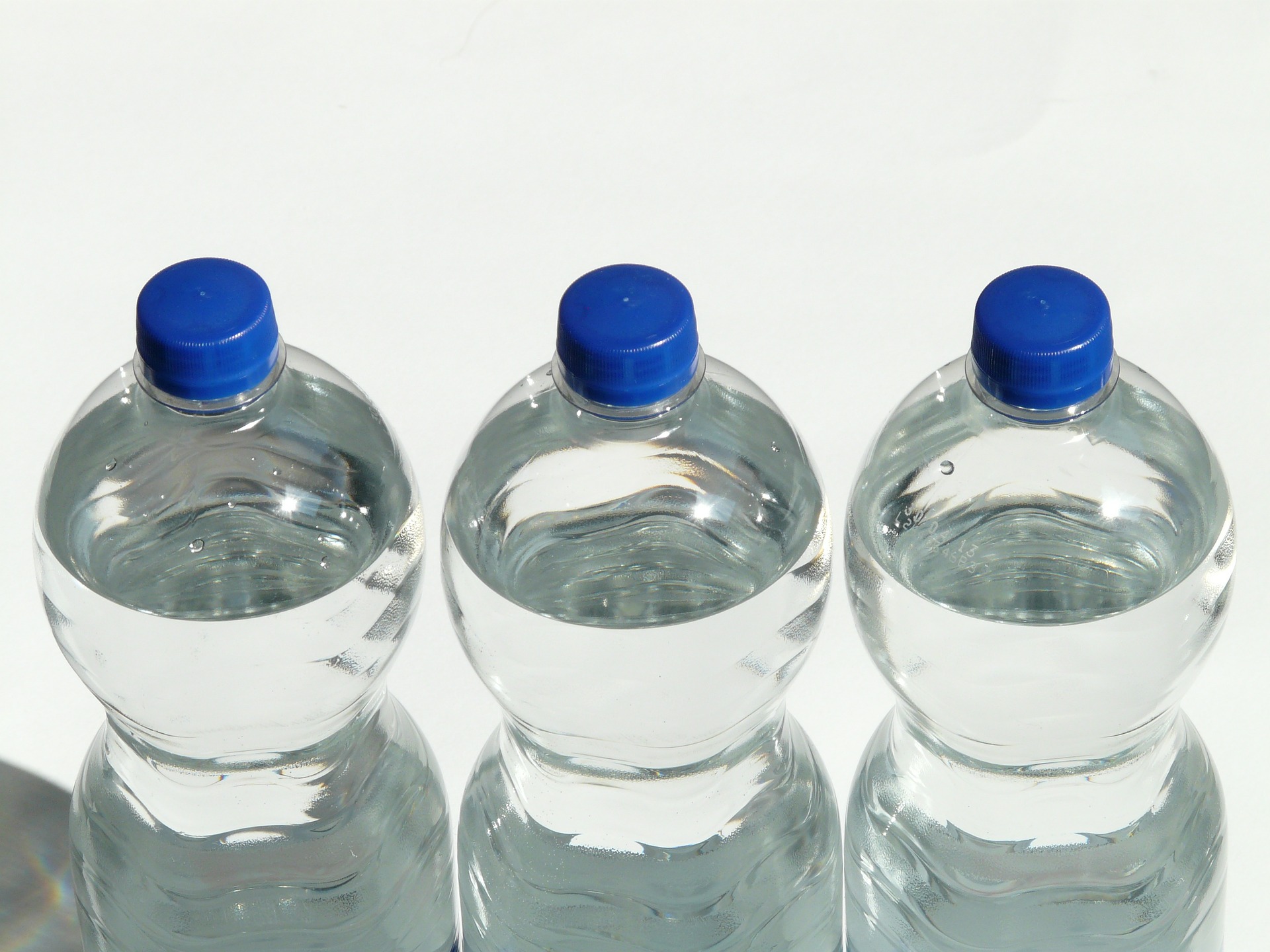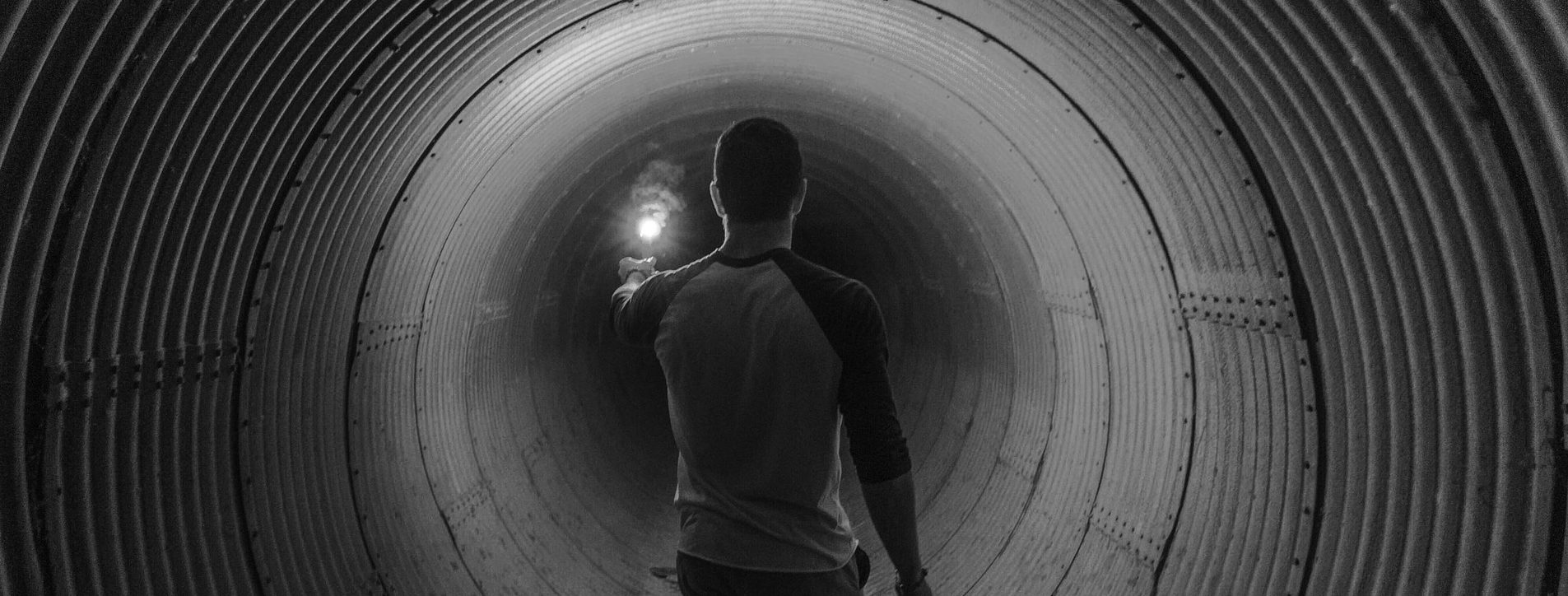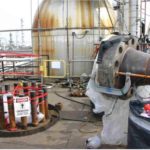Tanks as in the above image are used in various industries for storing chemicals (adhesives, reagents, catalysts, dyes, inks), food substances (oils, fats, wines, water, milk), as well as hydrocarbons and liquefied gases.
These substances are used at various stages of the manufacturing process and to store them until their use, the technique of blanketing or inerting with “nitrogen blanket” is used. Nitrogen is an inert gas that provides protection of the stored substances against degradation or contamination, but also acts as a protection against an explosion or fire.
– White Papers – Parker recently published technical documents explain in detail issues regarding nitrogen blanketing procedure in hydrocarbon reservoirs applications and edible oils.
Basically whatever substance is stored, “nitrogen blanket” inertisation requires coverage of the substance stored with nitrogen. The free space between the tank lid and the substance is filled with a nitrogen protective layer, while a gas delivery system maintains a constant pressure even when the temperature and the level inside the tank fluctuates.
Maintaining a nitrogen blanket stops the access of the air containing water vapor and oxygen, thereby preventing oxidation and degradation of the stored substance.
For example, in the case of edible oils, oxygen and water vapor cause the formation of polymers, acids and aldehydes that damage and alter the chemical composition of the oil.
The blanket of nitrogen prevents oxidation and the oils retain unchanged the chemical structure required in the production process.
Also, in applications that involves the storage of substances with risk of ignition, blanketing procedure ensures the creation of anĀ fireproof environment. Any explosion or fire involves simultaneous existence of three factors: fuel, oxygen and ignition source. Removal of a single source makes it impossible the occurrence of fire, and the oxygen is the factor that can be controlled to prevent fire.
Nitrogen is the most widely used gas in the technique of blanketing for two reasons: it is widely available (78% from environmental air) and is cheaper than other gas used in the same procedure: the carbon dioxide is more reactive than nitrogen, and argon is about ten times more expensive than nitrogen!
Local production of nitrogen through a nitrogen generator is an economically efficient solution, whose reliability is supported by critical applications in chemical industry, pharmaceutical, also in oil & gas and food industry.
